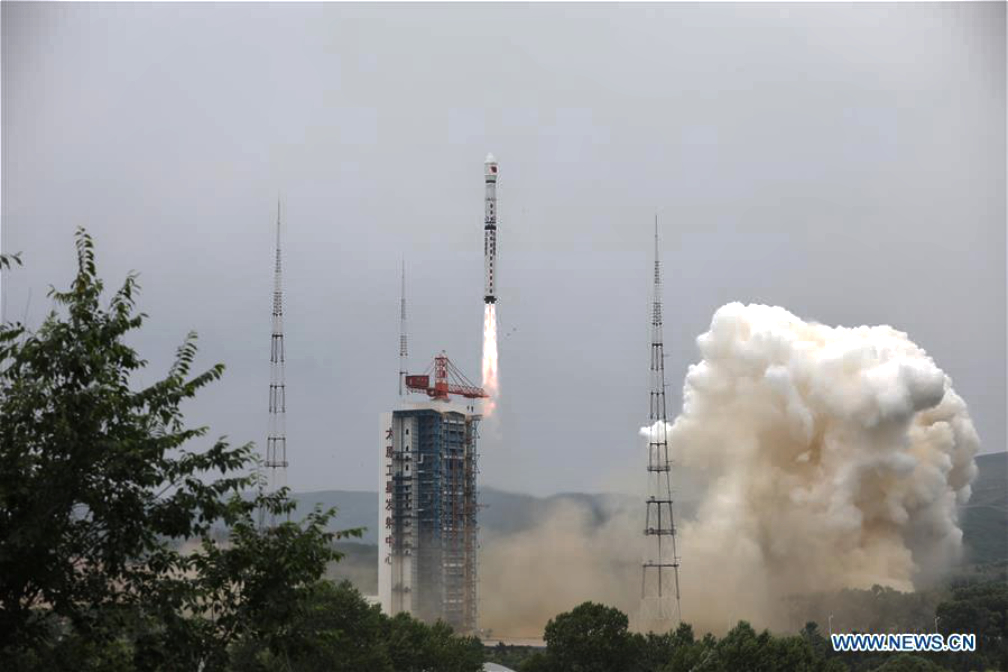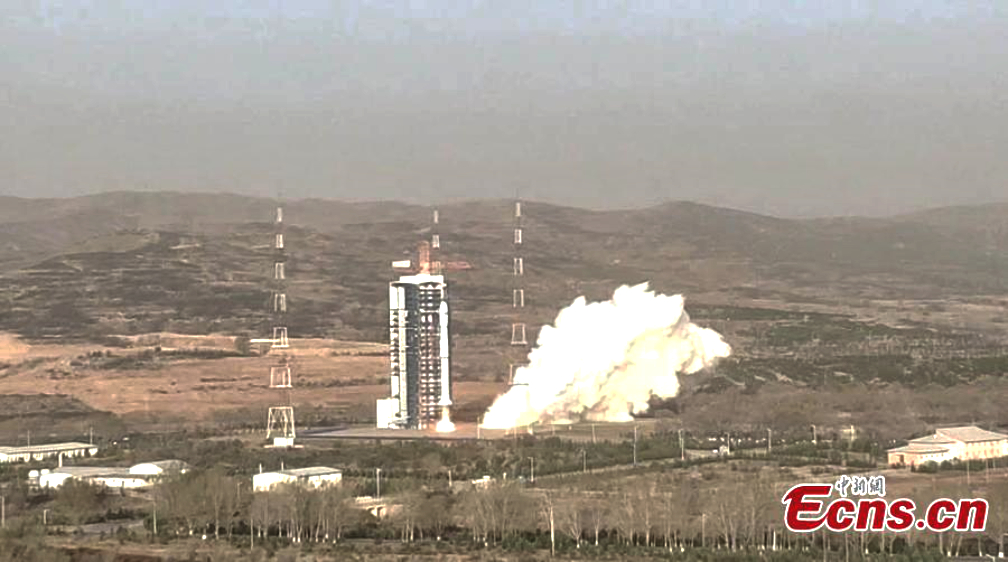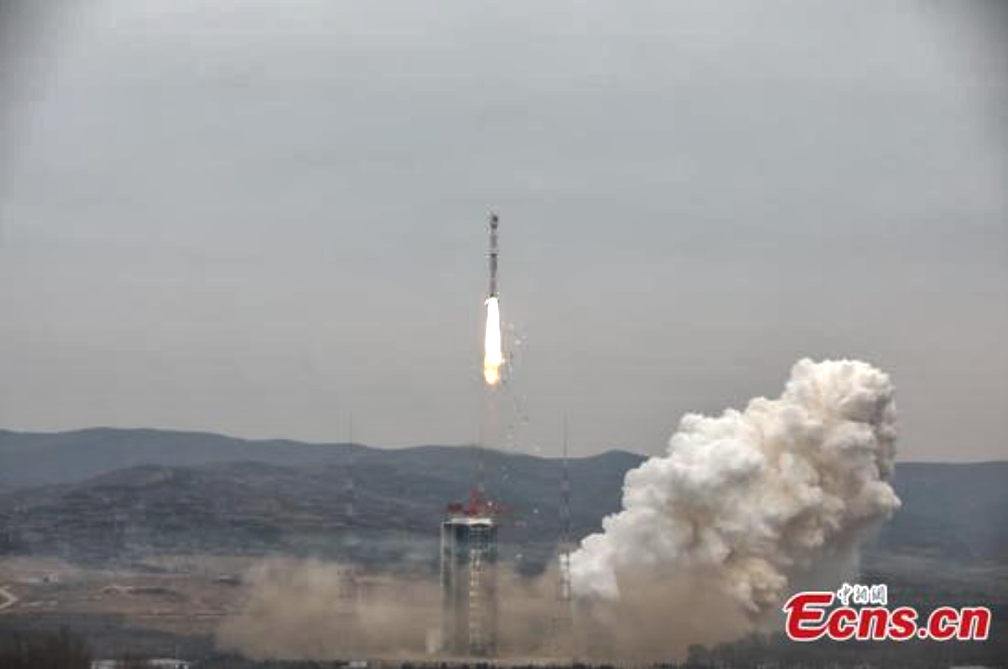
China dispatched a new high-resolution mapping satellite into space on Saturday, July 25, from the Taiyuan Satellite Launch Center in the northern province of Shanxi.
The Ziyuan III 03 satellite was launched by a Long March-4B rocket at 11:13 a.m. Beijing time, according to the center. This was the 341st flight mission by the Long March rocket series.
Also on board the rocket were two satellites used for dark matter detection and commercial data acquisition respectively. They were developed by the Shanghai ASES Spaceflight Technology Co. Ltd. All three satellites have entered preset orbits, sources with the Taiyuan center said.

According to a University of Hong Kong press release, the “Lobster-Eye X-ray Satellite” that rode the Long March 4B lift rocket to orbit is co-led by Nanjing University (NJU), the Laboratory for Space Research (LSR) of The University of Hong Kong (HKU), the 508 Institute of the Fifth Academy of China Aerospace Science and Technology Corporation (CASC), and Shanghai ASES Spaceflight Technology Co.Ltd. as well as under the 805 Institute of the Eighth Academy of CASC.
The satellite was successfully developed by five years of joint effort by the above outstanding teams. The satellite is equipped with an internally developed “Lobster-Eye” focused X-ray detector and a small high-precision payload platform. During the satellite’s long-term orbit operation, it will verify the ultra-large X-ray field-of-view within the X-ray energy regime and complete several important space X-ray detection experiments. This especially includes carrying out dark matter signal detection research within the X-ray energy regime under earth orbit environment.
Based on the “Lobster-Eye” focusing light theory, the X-ray imaging technology was first proposed in the 1970s, with advantages of large field-of-view, small size, light weight and easy assembly, etc., making it highly suitable for space payload applications.
The “Lobster-Eye X-ray Satellite” will be the world’s first in-orbit space exploration satellite equipped with such Lobster-Eye focused X-ray imaging technology, according to the release. Its core payload was technically guided by Nanjing University and jointly manufactured by the 508 Institute of CASC and China Building Materials Academy (CBMA).
The satellite’s successful launch marks an important milestone in the hoped-for the emergence of space science research will encourage more scientists to engage in nationwide space science projects. The LSR hopes this iconic scientific endeavour may inspire young minds in the HKSAR and beyond to pursue their space dreams and get involved in Science, Technology, Engineering and Mathematics (STEM).
Executive Comment
“I hope this project will lead to important scientific advances that reflect well on our two great universities of HKU and NJU and that will provide additional impetus and incentive for greater and deeper collaborations in the future with the Mainland Space program and emerging space economy,” said Professor Quentin Parker, Director of HKU LSR.

